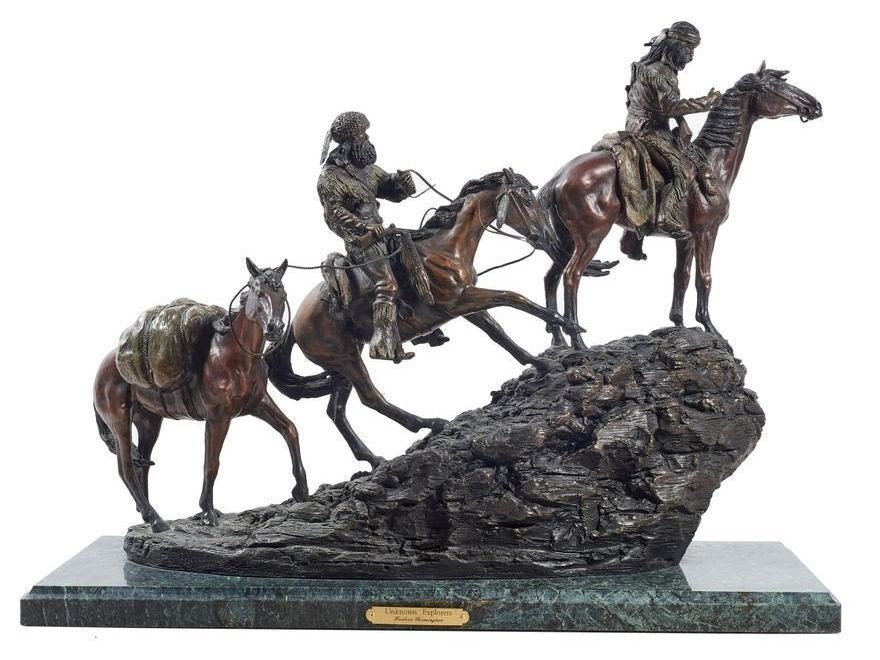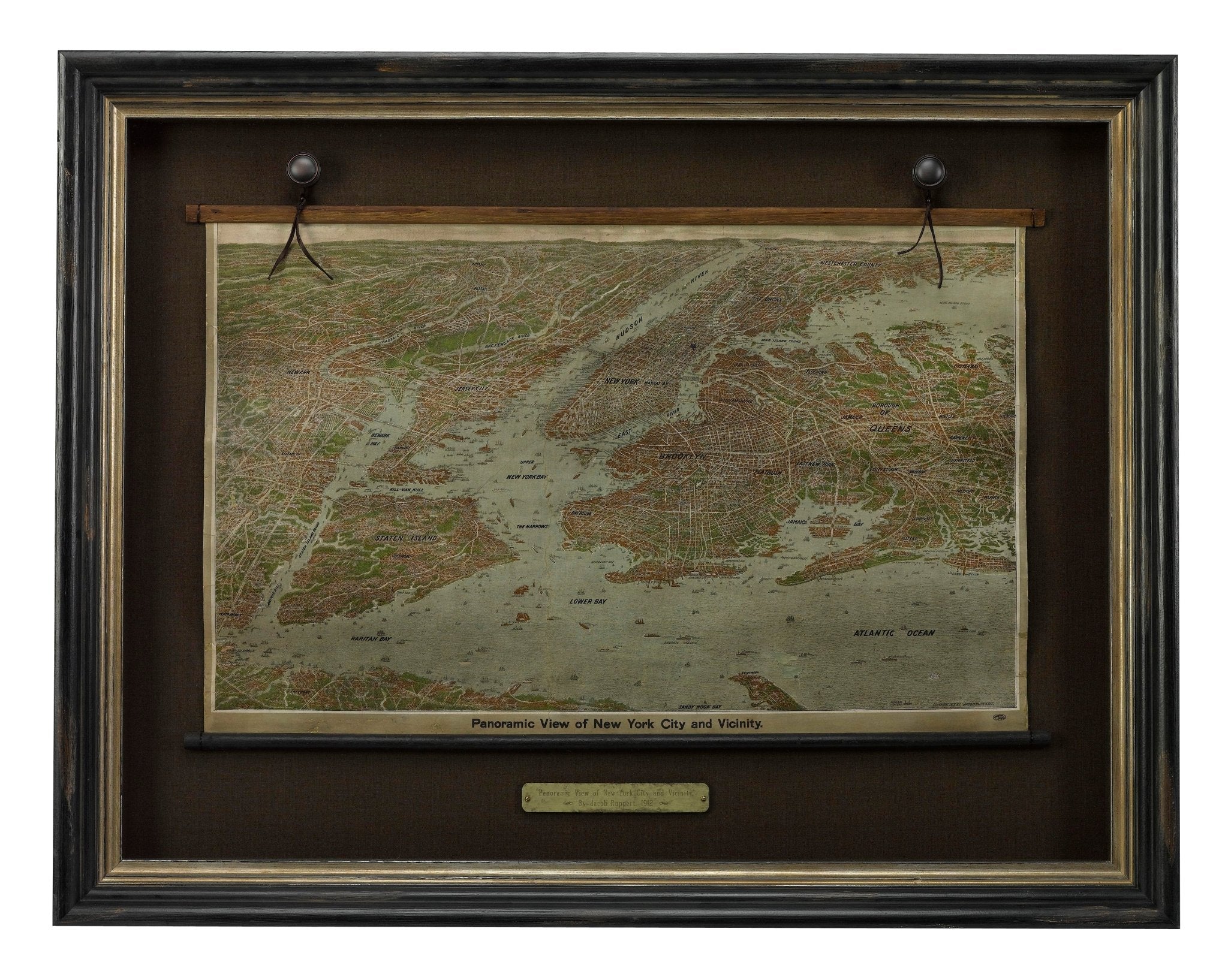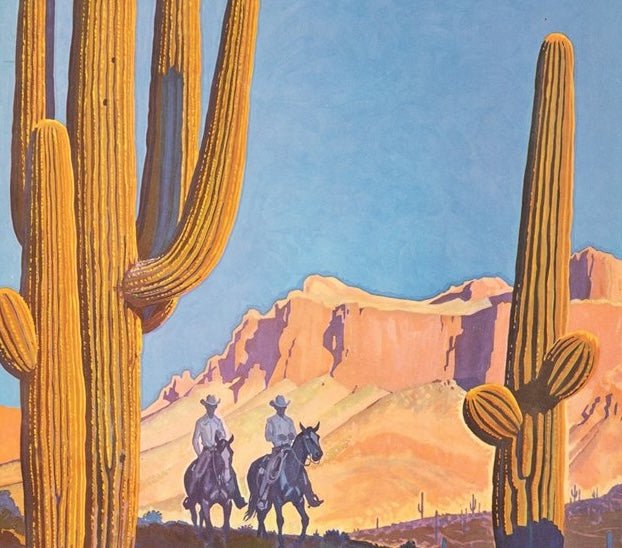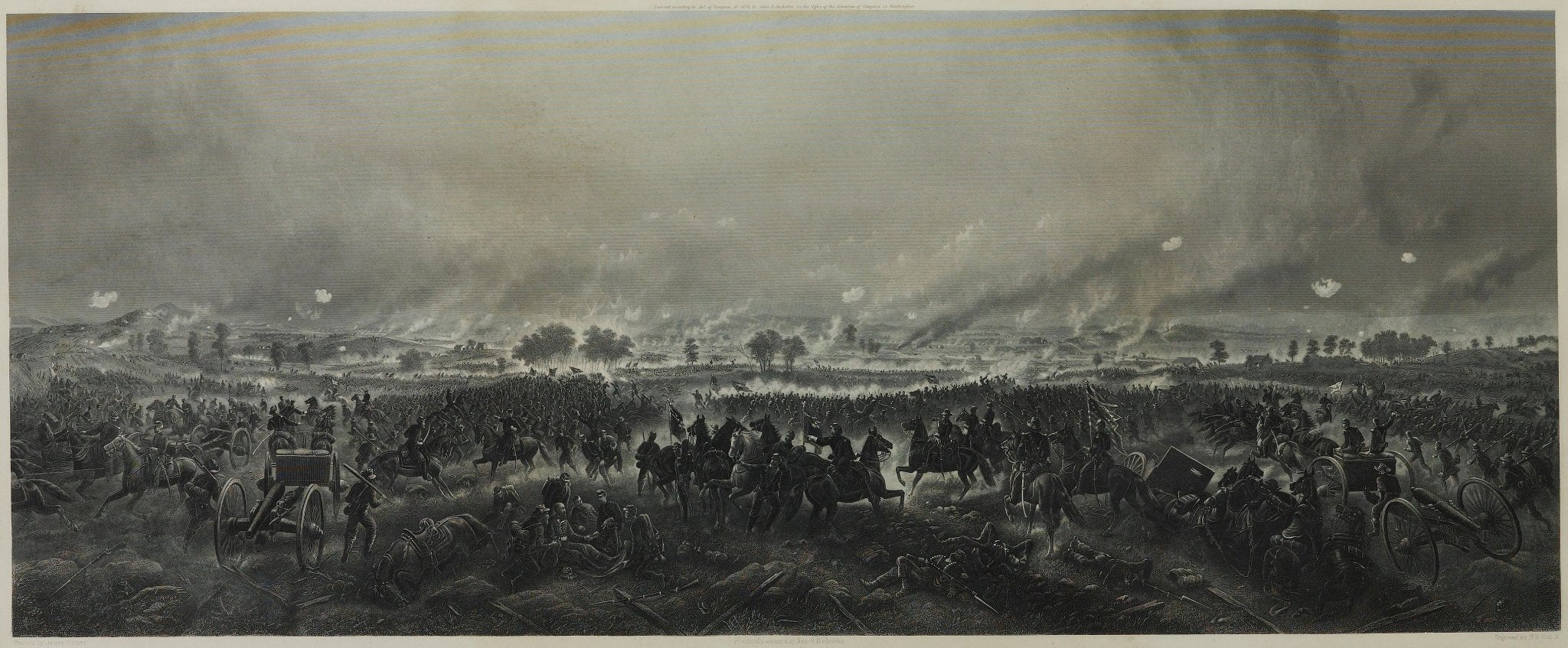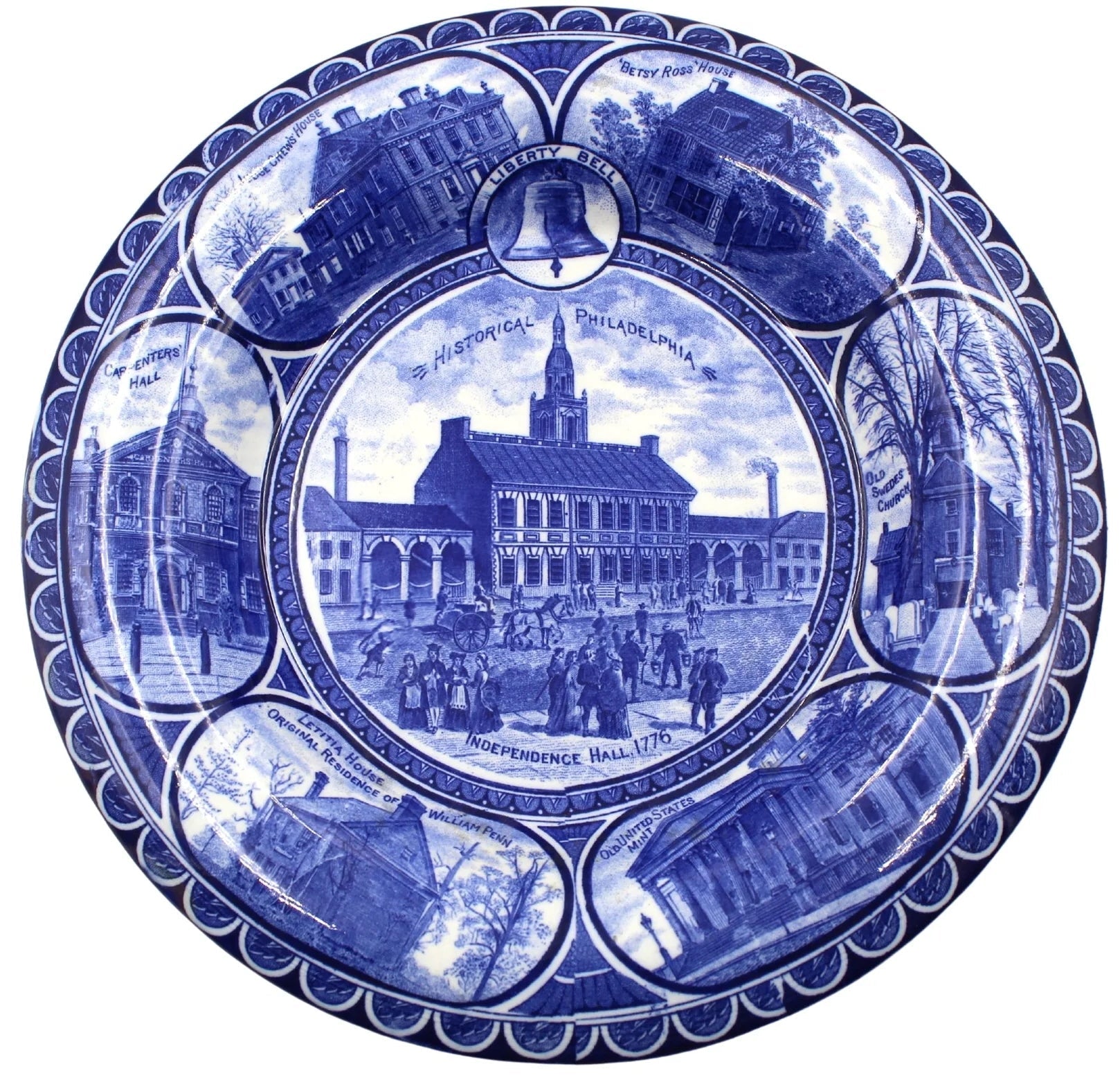The Great White Fleet in Japan
New to our inventory is an embroidered souvenir banner, welcoming the U.S. Navy men of the Great White Fleet to Japan. Made in Japan, this is just one of several Great White Fleet banners we have had in our collection. The decorative complexity of these Japanese-made banners range from simple designs, on linen with two or three-colored threads, to the more elaborate, intricate, and fanciful, like our grand American eagle “E Pluribus Unum” banner embroidered on silk with metallic thread and silk floss.
The Great White Fleet was a popular nickname for the group of United States Navy battleships that completed a journey around the globe to the Pacific, from December 16, 1907 to February 22, 1909, by order of United States President Theodore Roosevelt. A former assistant secretary of the Navy, Roosevelt brought to the White House a deep conviction that only through a strong navy could a nation project its power and prestige abroad. The United States had recently acquired territories in the Philippines, Guam, and Puerto Rico, and it needed to defend those new territories overseas. Meanwhile, the Japanese had made quite a display of their own naval might in the 1904-05 Russo-Japanese War.
Relations with Japan were further stressed in 1906, by a series of laws which discriminated against Japanese immigrants in California. These laws were ultimately repealed at Roosevelt’s insistence. While this aided in calming the situation, relations remained strained and Roosevelt decided the White Fleet would serve as both a diplomatic olive branch and a reminder of U.S. Naval power.
The fleet consisted of 16 battleships, divided into two squadrons, all with white painted hulls. The fleet sailed from Hampton Roads on December 16, 1907 and made twenty port calls on six continents, with stops including New Zealand, Australia, Ceylon, Egypt, and Japan.
In Japan, the fleet was greeted with exceptional hospitality. School children sang versions of "Hail Columbia" and the "Star-Spangled Banner," as Japanese destroyers escorted the fleet into the bay. Sperry and his naval officers were housed at the Emperor's Palace and the famed Imperial Hotel. In port for a week, the men of the fleet were treated to parties, including one hosted by famed Admiral Togo Heihachiro, as well as parades and public celebrations. The goal of bolstering good will between the two nations was achieved. Shortly after the Great White Fleet’s visit, the United States and Japan signed the Root-Takahira accord in which, among other things, both countries agreed to respect the other’s Pacific possessions.



